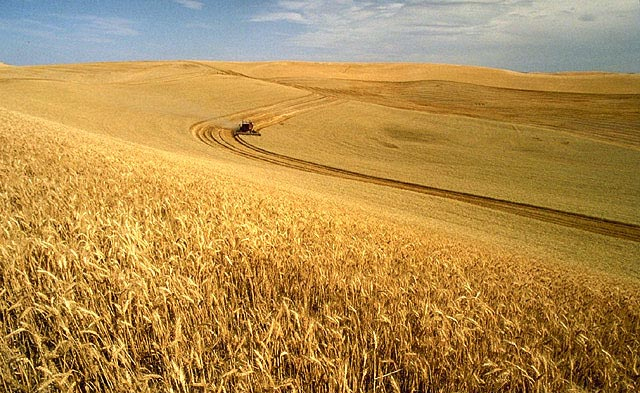
Companies in the agricultural machinery supply chain will need to change their business models to meet the growing global demand for food, according to a report from Rabobank.
With global demand for food expected to increase by 70 percent by 2050, the role of the machinery manufacturer and equipment dealer is changing, and machinery is becoming an integral part of the all-encompassing solution to increase productivity.
However, diversity among farmers means there is no ‘one-size-fits-all’ solution, and no one business model for manufacturing and selling agricultural machinery.
Increasing productivity is complicated by the diversity among farmers as the farming industry is in different stages of development in different parts of the world.
For example, Asia and Africa, with their small farm structure, are at a relatively early stage in adopting modern agricultural machinery.
In comparison, mature markets, such as the US, Europe and Australia, are showing consolidation amongst farmers, resulting in growth in the large farm segment.
The whole farm inputs complex is shifting gears to contribute to the productivity challenge and also to benefit from the increase in spending power of farmers; made possible by higher agri-commodity prices.
The increasing size of farms, availability of new technologies and emerging opportunities to combine machinery and other inputs to further enhance agronomic practices result in demand for integrated farming solutions.
Ever larger farms in key markets for agricultural machinery, such as North America, Europe and Australia as well as new frontier regions in South America and the Black Sea region, are increasingly using on-farm management information and working with integrated farming solutions to optimise inputs.
Machinery manufacturers can either take a leading role in developing integrated farming solutions by tapping into the larger market of all farm inputs, or take a secondary role by contributing to integrated farming solutions led by others.
Either way, they will need to consolidate further in order to fund R&D and to gain the critical mass to collaborate with other input suppliers.
For equipment dealers, machinery sales will change from a one-off sale of a fixed asset to the long term provision of services.
